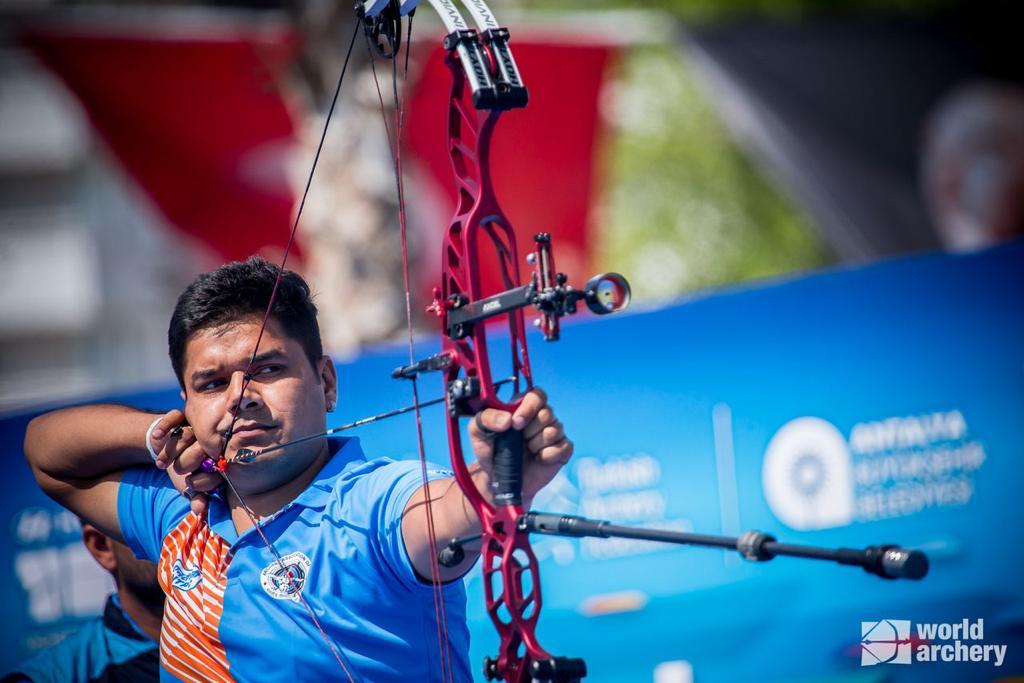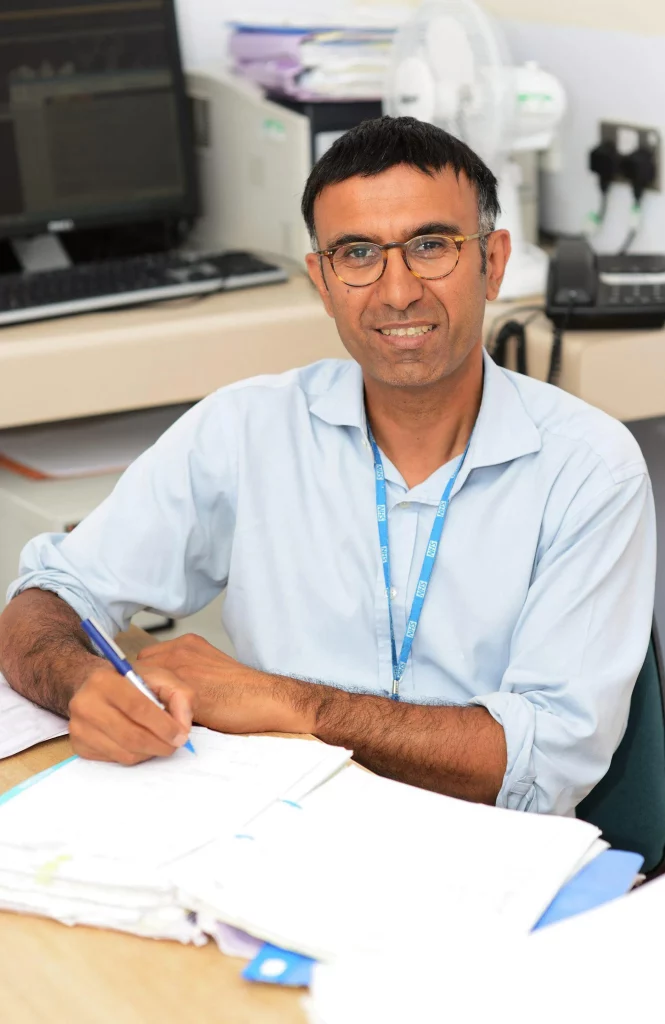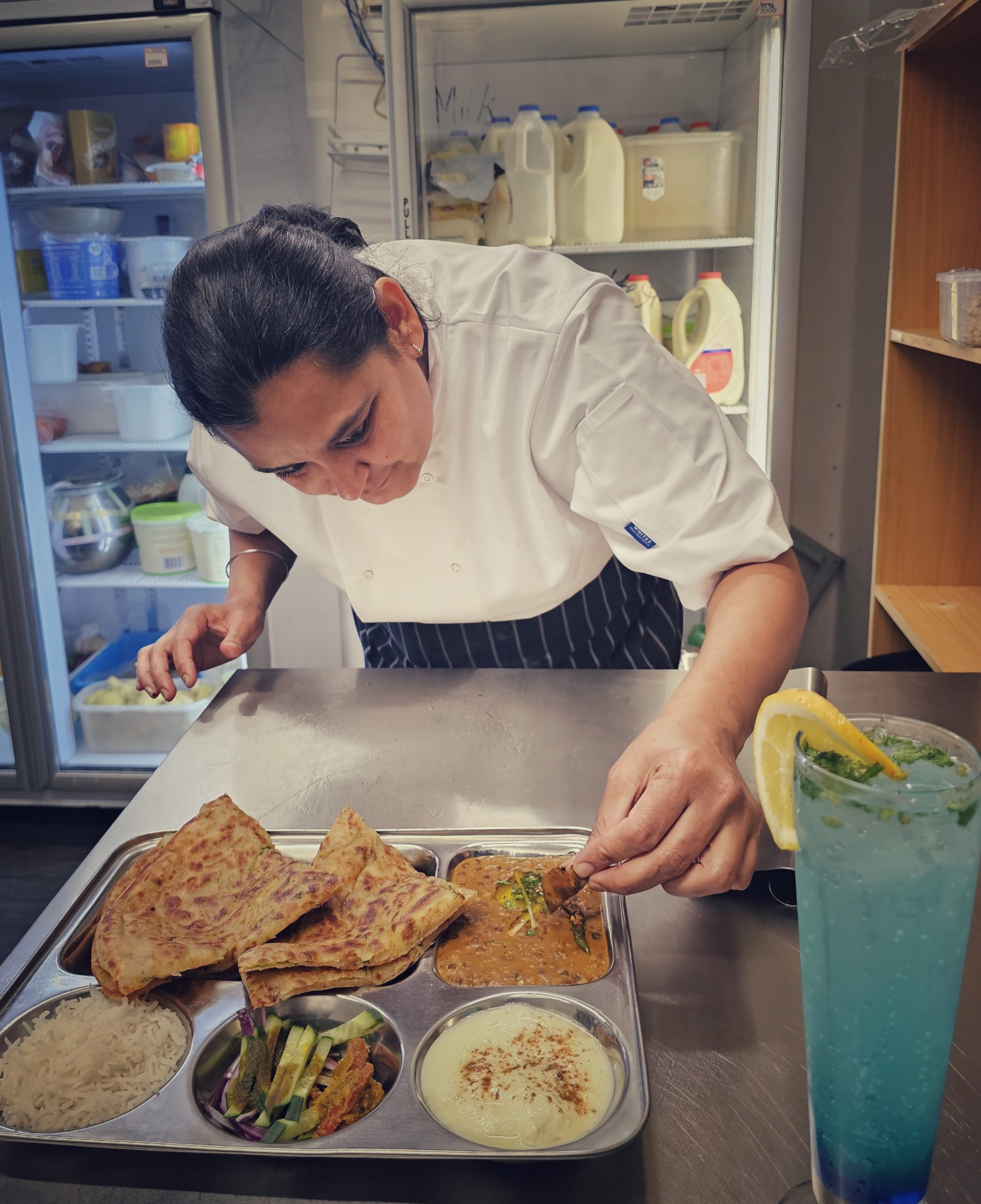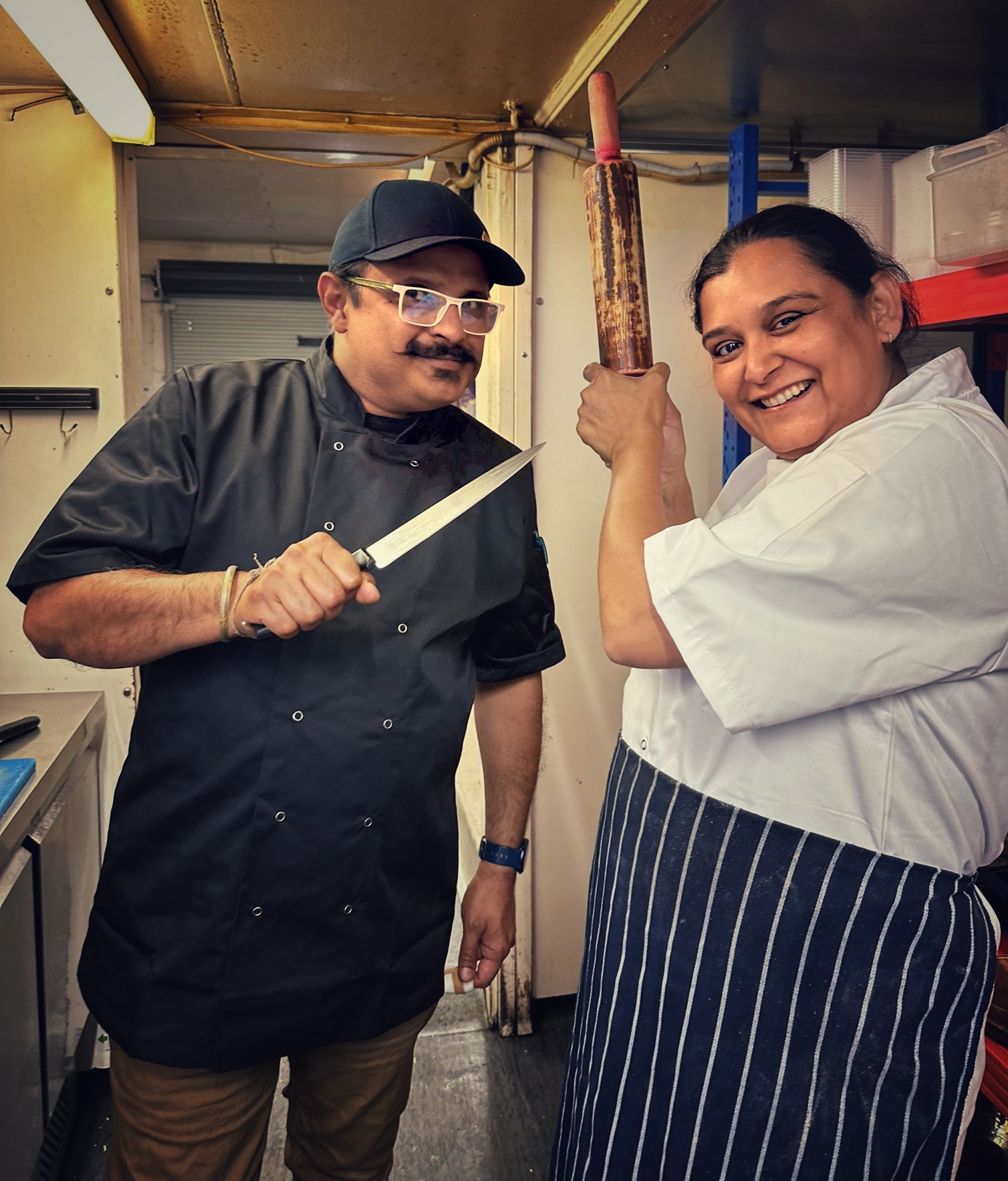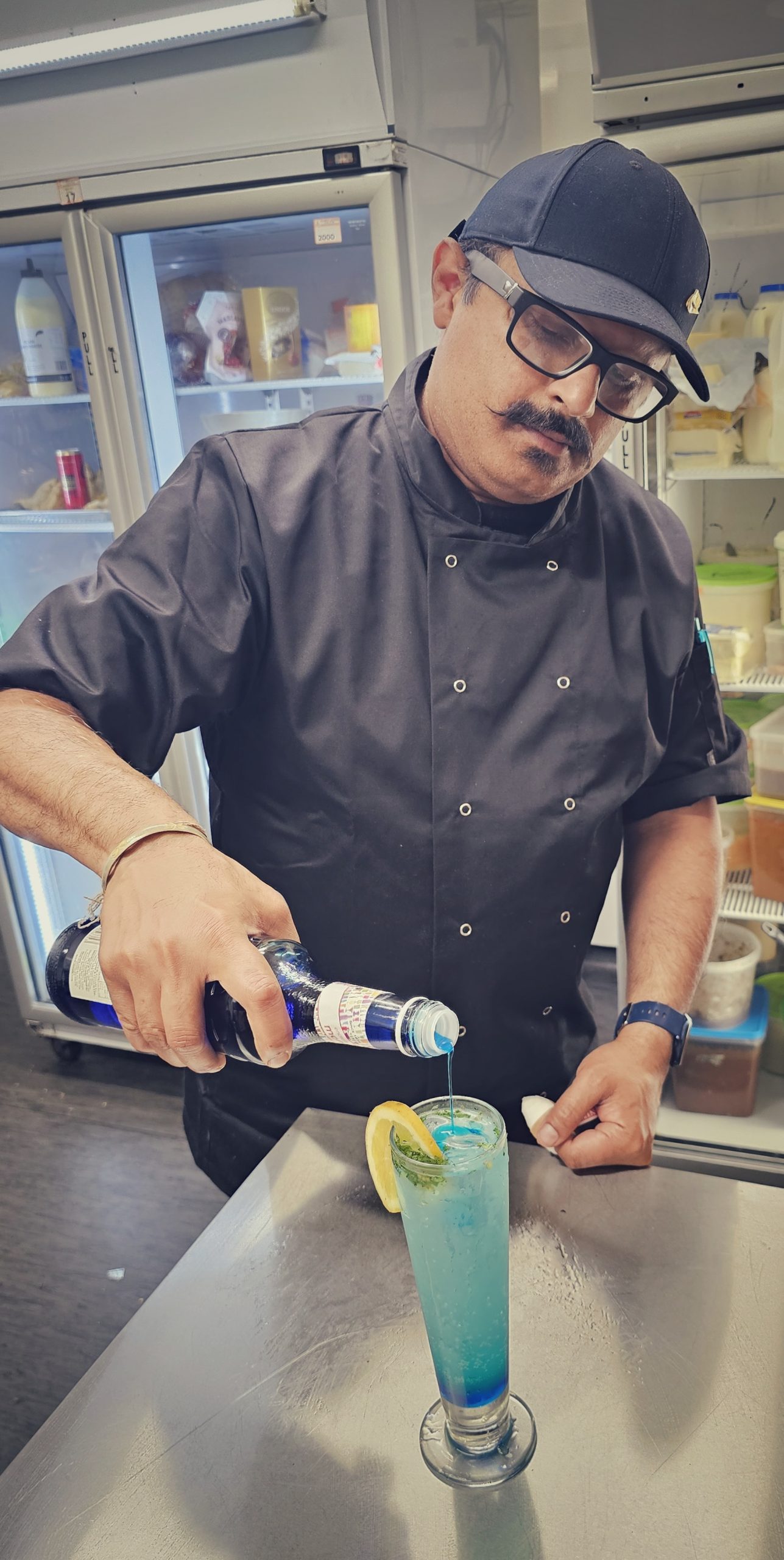(June 24, 2024) Indian American venture capitalist Lak Ananth begins the introduction of his book ‘Anticipate Failure’ on a rather poetic note. “O traveller, why worry about sorrow? Happiness is but a transient shadow that comes and goes. Sorrow is our companion,” he writes. He then elaborates, “The quote above is an excerpt from ‘Rahi Manwa Dukh Ki Chinta,’ a Hindi song with music composed by the duo Laxmikant-Pyarelal, featured in the 1964 film Dosti.”
Discussing his personal connection to the song and its lyrics, he explains that his parents named him Lakshmikanth, or Lak for short, in honour of the song’s composer. Lak views the song as a valuable lesson for both life and business. “In business, we shouldn’t be afraid of failure because failure is our friend and companion. Success, on the other hand, comes and goes – it’s not reliable, it’s not guaranteed,” writes Lak, the CEO and Managing Partner of the venture capital firm Next47, headquartered in Palo Alto, California. His investment focus includes applications of AI/ML, vertical SaaS, robotics, mobility, and other emerging areas of deep tech.

Lak Ananth
Lak’s book, ‘Anticipate Failure: The Entrepreneur’s Guide to Navigating Uncertainty, Avoiding Disaster, and Building a Successful Business,‘ features a foreword by Dr Ronald Bush, President and CEO of Siemens AG, the German multinational technology conglomerate.
Investing in innovation and positive change
The venture capitalist has dedicated his entire career to his entrepreneurial pursuits –identifying industry-changing disruptions and acting on them as an investor or acquirer.
I am focused on making innovations real and working with founders who are creating, building, and scaling the next generation of companies. I have played many roles in that, including coaching them as an investor, pursuing them as a potential acquirer, or just partnering with them in their journey.
Lak shares in a podcast
In addition to running Next47, Lak Ananth serves on the board of several companies that he has helped grow beyond $1 billion valuations. As an investor and board member, he believes in establishing mutual trust with founders so that when critical business decisions need to be made, he can support them in making the best choices for building world-class businesses.
He holds an MBA from INSEAD and The Wharton School of Business and is a Kauffman Fellow, part of a lifelong learning community and network named after Ewing Marion Kauffman, representing the future of venture capital.
From India to the US on strict budget
Lak’s father emptied his bank account to pay for his son’s plane ticket to the US and to give him $200 for other expenses—a fortune to his family in 1994. Lak completed his MS in electrical engineering at Kansas State University. His advisor, Medhat Morcos was kind enough to pay the fee for the first semester and supported him through a research internship.
Lak had a very strict weekly budget for food. Despite securing a research assistantship from the university, he had to cover rent, food, transportation, and other expenses. He distinctly remembers being able to afford a six-inch Subway Veggie Delite sandwich, which cost around $1.50 at the time, just once a week. “That was my treat for the week because, if I ate that sandwich every day, it would have blown my budget,” he shared in a podcast.
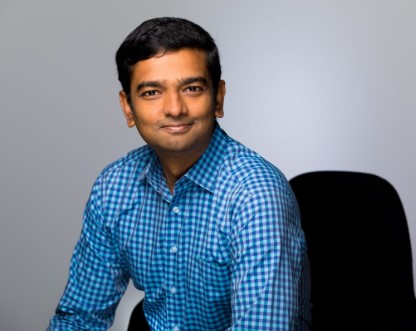
However, Lak was not unhappy with his situation because he enjoyed university life, the professors, the learning, and everything else. “I didn’t look at it as a hardship; it was just the way it was. And it was the beginning of all the other opportunities that came afterward.”
Milestones and Next47
In 1997, after the completion of his course he moved to California’s Silicon Valley. Netscape Communications Corporation, an American independent computer services company had just gone public and he had the chance to work as an engineer there during the explosive growth of the dot com bubble. Later, he found his way to Cisco and then Hewlett Packard. Finally, in 2016, Lak Ananth started his own venture, Next47.
We are in a golden era where entrepreneurship is celebrated and practiced at a high level globally. Whether we are in Bangalore or Beijing, Berlin or Munich, Palo Alto or Paris or Tel Aviv, the founders we talk with are equally ambitious and talented and they are accomplishing great things.
Lak writes in his book Anticipate Failure
His focus has always been in technology and that has led him to work with many talented founders and executives in his career as an engineer, product manager, customer account manager, acquisition professional and venture investor. As a venture capitalist he has met many startup founders from across the globe.
Being at the helm of startup founders’ journey
Lak and his firm, Next47, focus primarily on startup founders. “We understand that it takes a lot of courage for someone to step forward and solve problems the way our founders do. We are not the ones changing the world; our founders are,” he says, adding, “But we are their rock and their source of inspiration because we believe in their journey. When we choose to partner with our founders, they become a source of strength for us. Every day, these people inspire us and bring a lot of goodness to the world.”
In his role as a venture capitalist, Lak prefers to be the first person the startup founders supported by his firm call when they need help. He and his team spend a lot of time understanding what these founders are doing to change the world. “We get behind them throughout the course of their journey,” he remarks. He embraces a philosophy of giving back and believes there should be a movement for people to simply leave the world a better place than they found it.
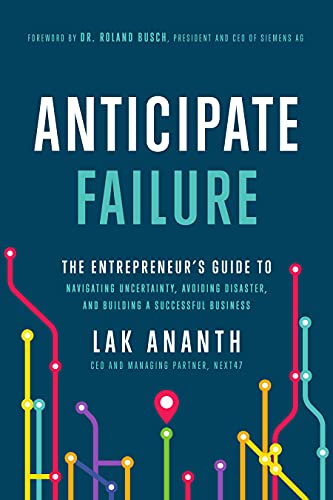
Cover image of Lak Ananth’s book
Following the success of his book ‘Anticipate Failure,’ the venture capitalist launched a blog series with the same name to help startup founders navigate different aspects of setbacks. “Failure is a part of everyone’s lives. And when you’re a founder, it can feel even more overwhelming,” he mentioned while announcing the series.
Through his writings and speaking opportunities, the venture capitalist makes use of his years of experience of building startups and new businesses into large companies to help entrepreneurs navigate uncertainty, avoid disaster and build successful businesses.
- Follow Lak Ananth on LinkedIn


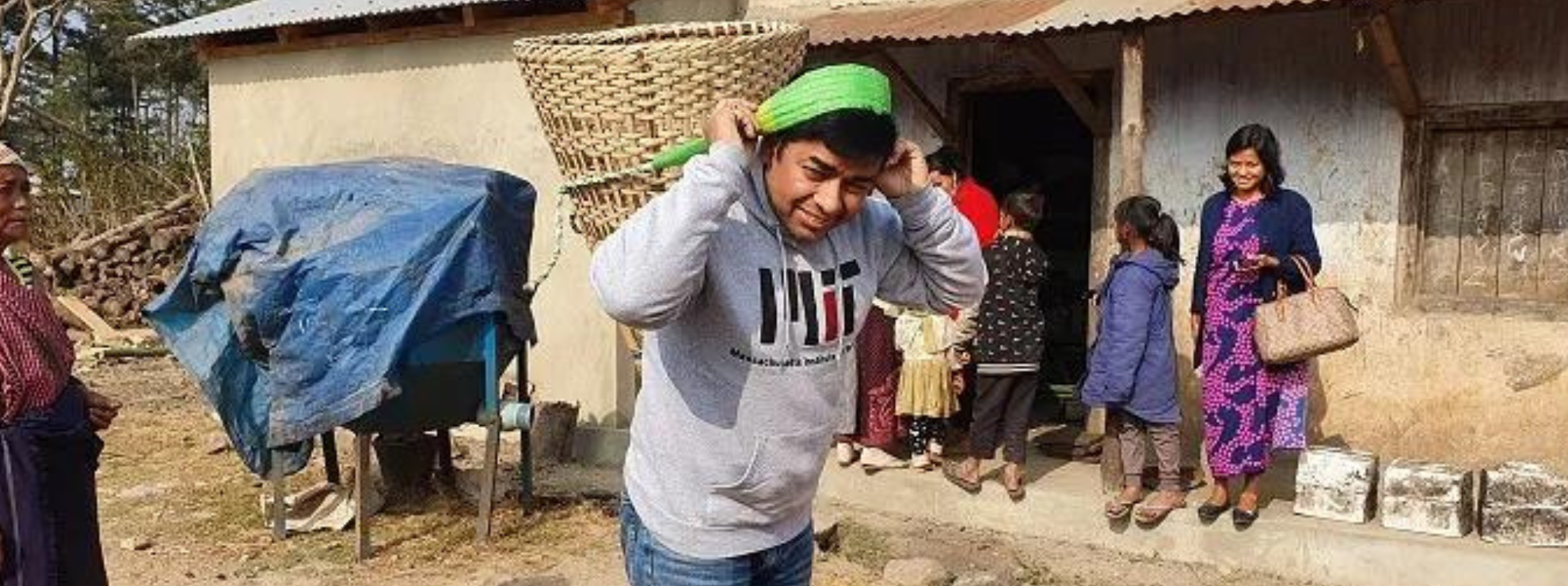
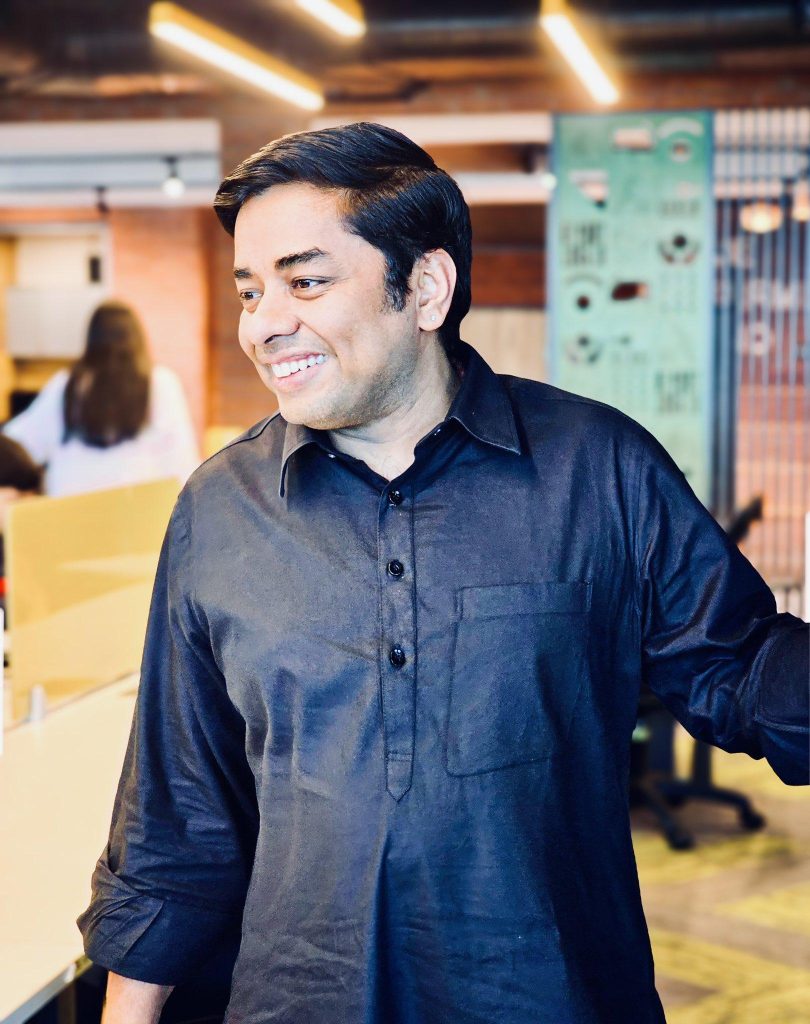 Ruchit Garg, Founder and CFO, Harvesting Farmer Network[/caption]
Ruchit Garg, Founder and CFO, Harvesting Farmer Network[/caption]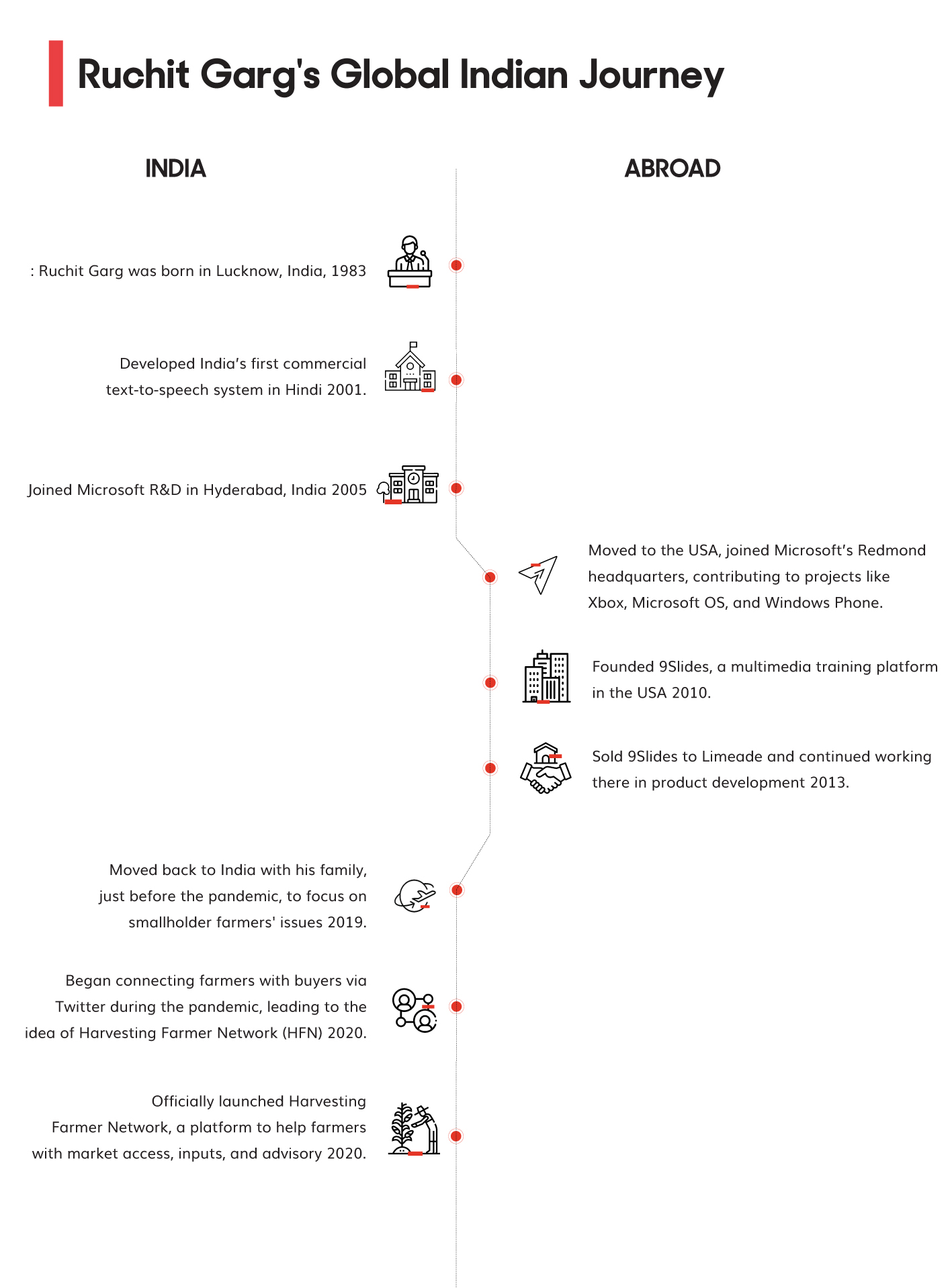
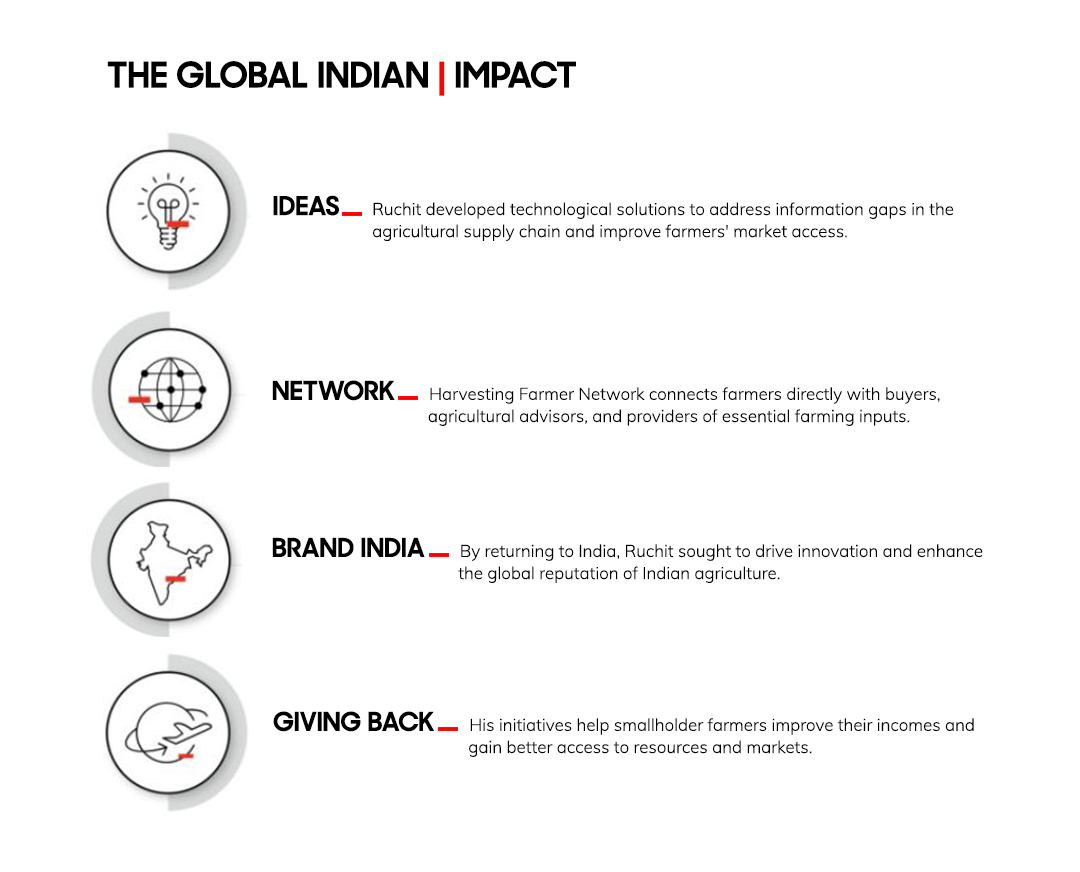
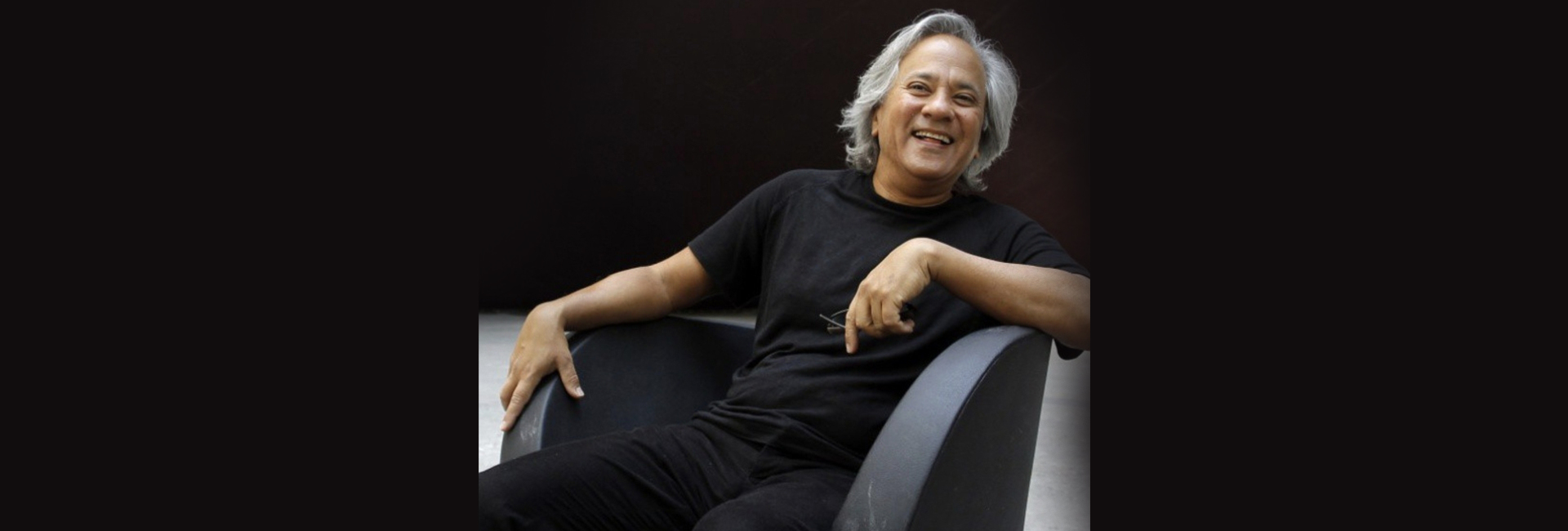
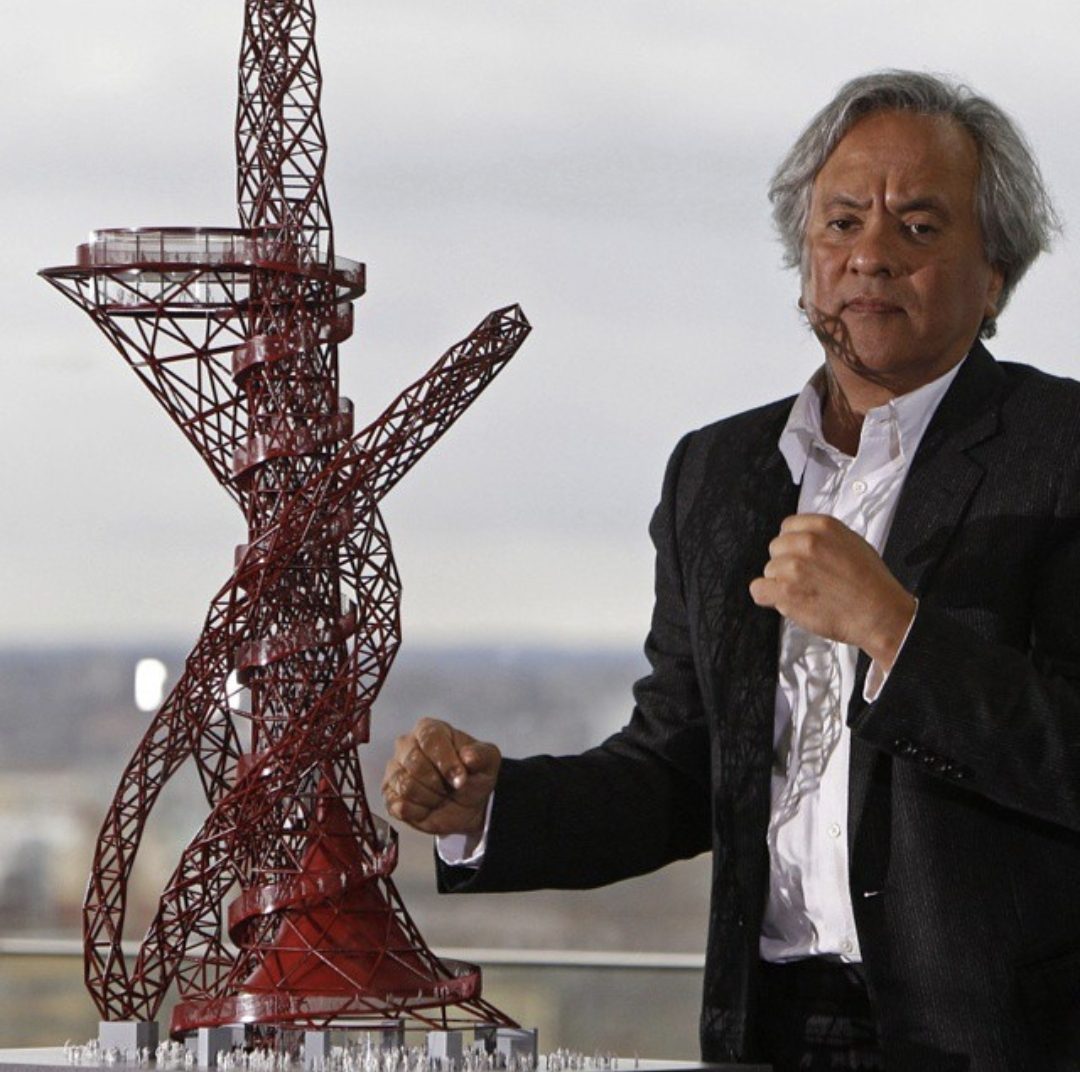 Photo credit:
Photo credit: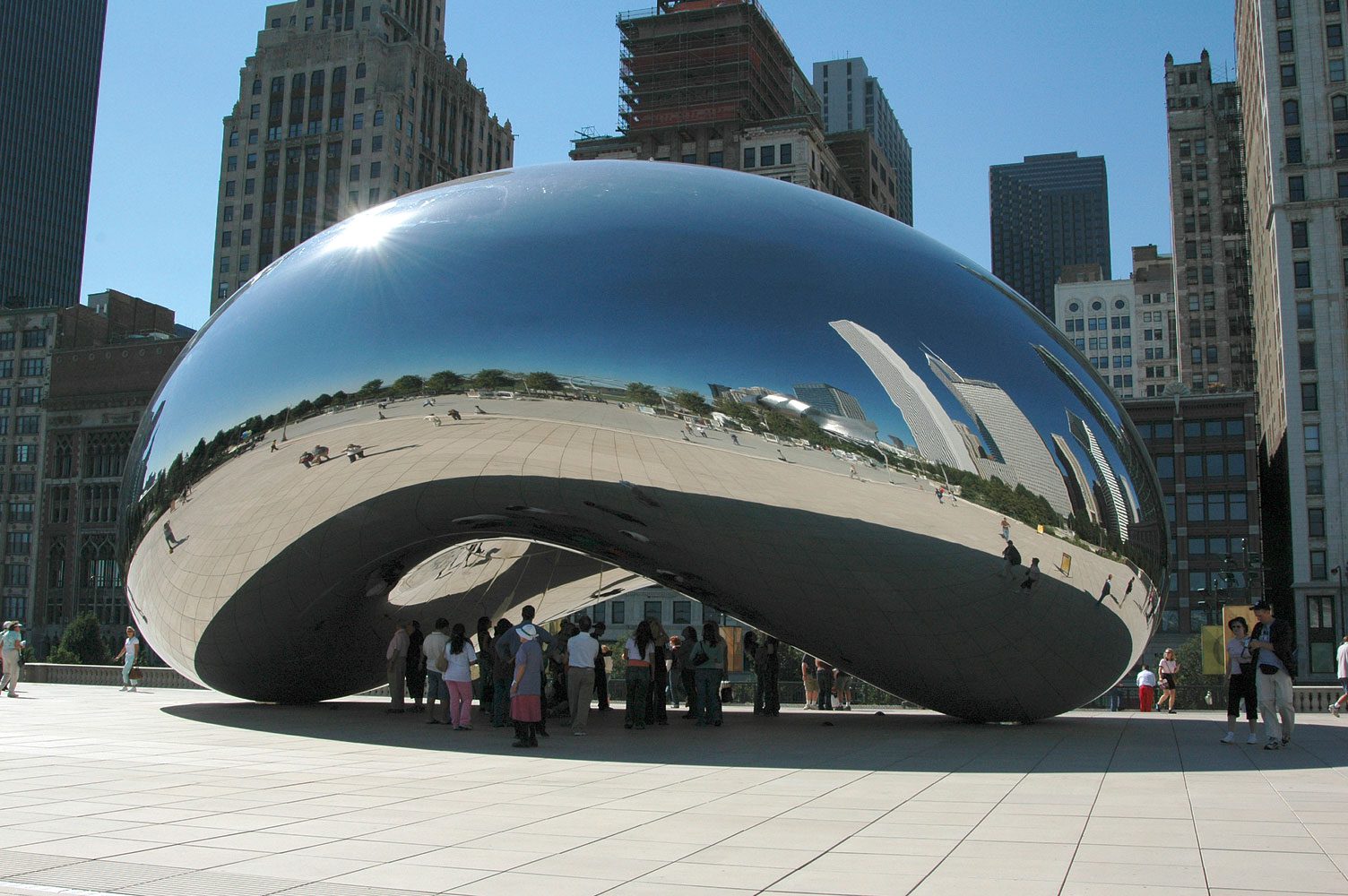 Cloud Gate in Millennium Park, Chicago. Photo credit:
Cloud Gate in Millennium Park, Chicago. Photo credit:  Descension, at Brooklyn Bridge Park, is 26 metres in diameter, a giant swirling pool of water.
Descension, at Brooklyn Bridge Park, is 26 metres in diameter, a giant swirling pool of water.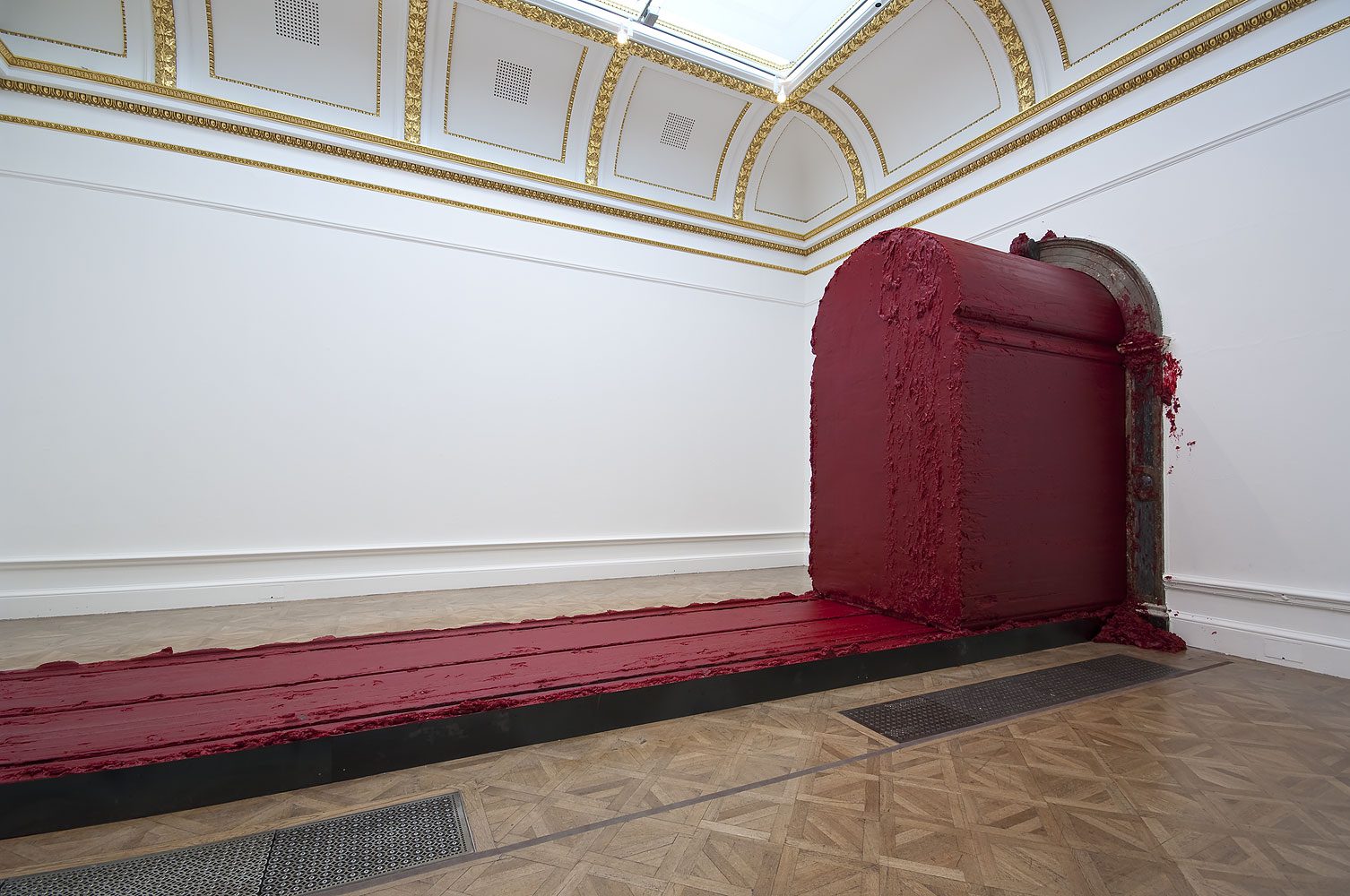 Svayambhu. Photo credit:
Svayambhu. Photo credit: 
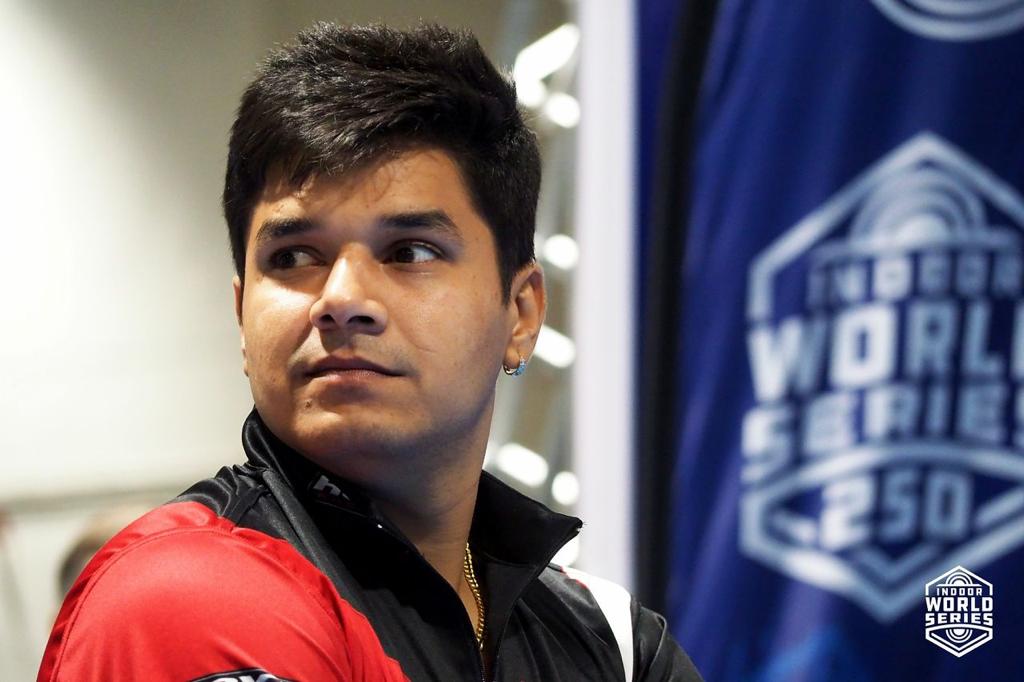 Indian archer Abhishek Verma[/caption]
Indian archer Abhishek Verma[/caption]